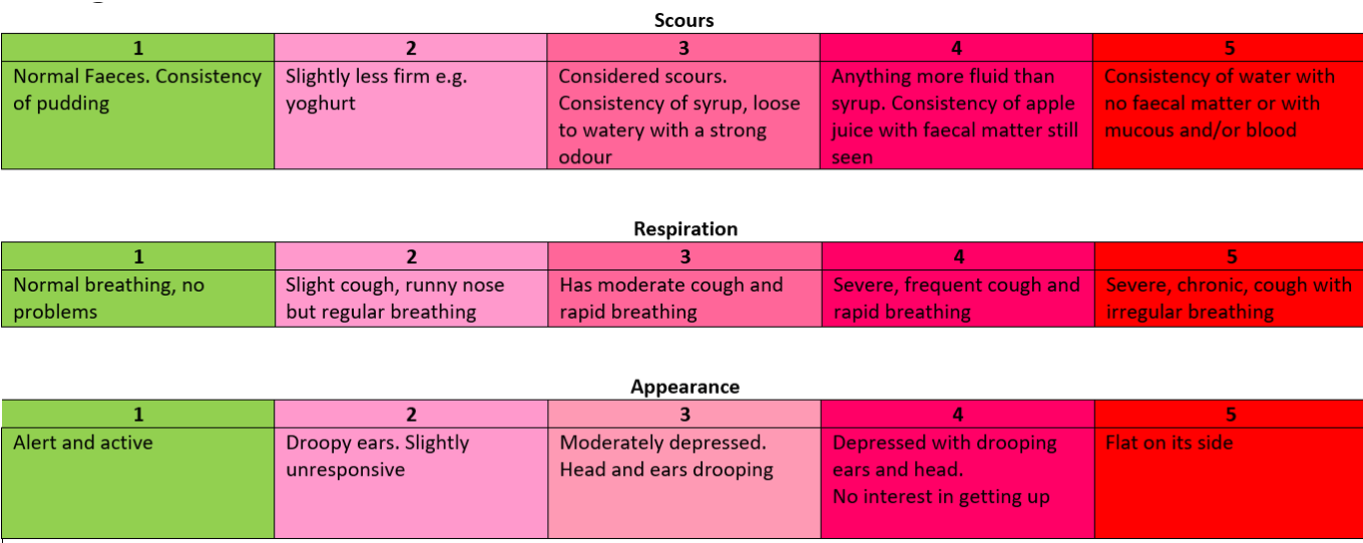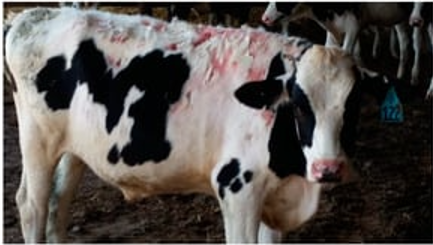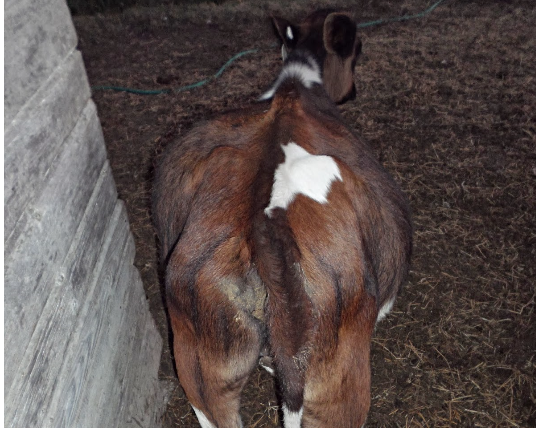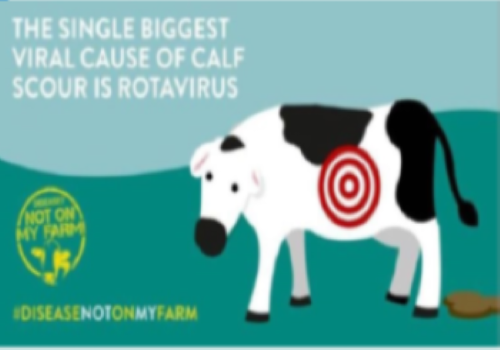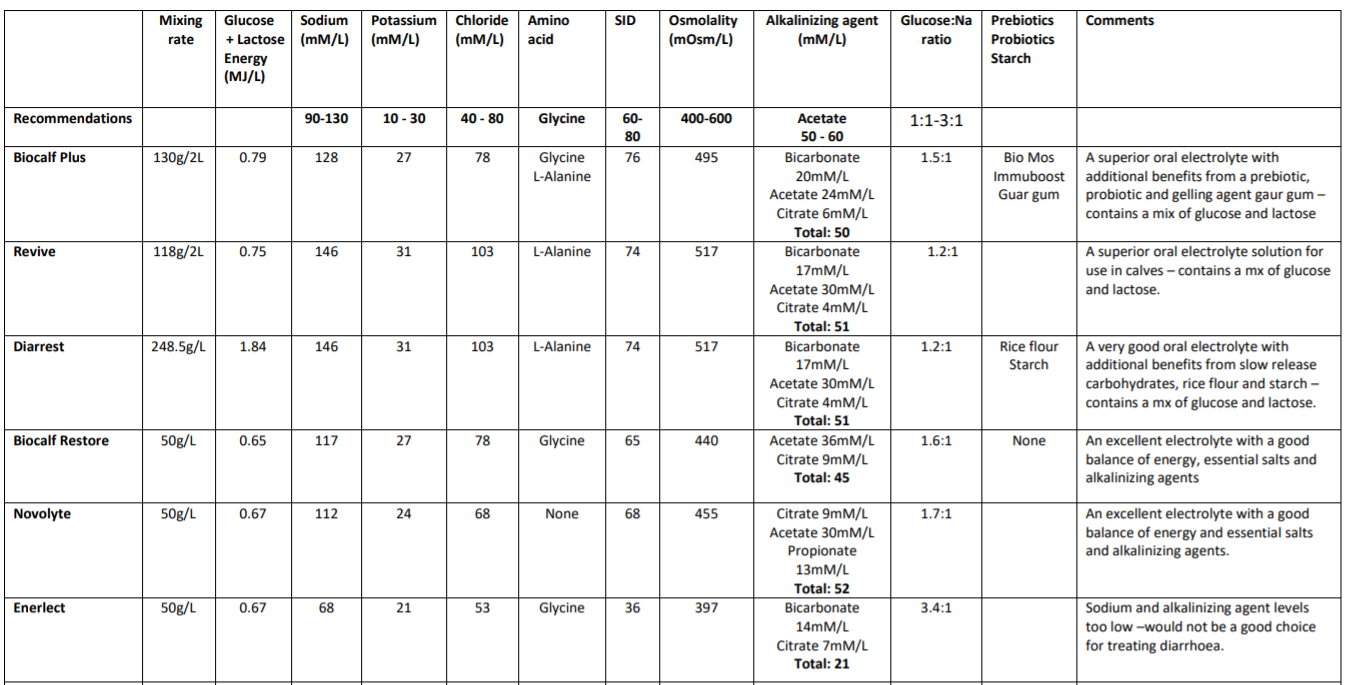Having a protocol as a guide is important to keep everyone consistent with each other. Here is an easy to follow protocol template for dealing with sick calves.
Read MorePreparing a calf rearing plan before calves start arriving is a must to avoid thinks turning to custard.
Read MoreScours is one of several management disease complexes where integrated prevention strategies and attention to detail in multiple areas are required for success.
Read MoreSuccessful autumn calf rearing involves good planning, timely decision making, managing the rearing process and disease prevention and treatment. Read about how to ensure a trouble free calf rearing season.
Read More“Spring eczema” is a well-recognised problem that occurs sporadically in weaned calves and adult cattle in September – November in many parts of New Zealand. Affected animals develop typical photosensitivity lesions on unpigmented parts of the skin and/or udder. What are the causes?
Read MoreRaising replacement heifers is often looked upon as a cost to a farming operation but is this the right way of looking at them?
Undoubtedly rearing calves into heifers is a major investment in terms of money and labour but they represent the future of your dairy herd so they should be looked upon as an investment, but how well they are grown and their body condition at first calving has a big impact on the return on that investment.
Read MoreRandom cases of abomasal bloat in young calves as young as four days old can be very frustrating and hard to treat. Learn about the causes and ways to avoid problem.
Read MoreDoes ad lib milk feeding of calves pay? Read the science behind ad lib feeding.
Read MoreA short video showing the 2013 calf rearing season at Rakaia Island Dairies on the South Island of New Zealand. We made this video as a team building and morale boosting exercise for what is often known as an unpleasant job. We hope you enjoy it!
Read MoreProbiotics and Prebiotics for calves. Probiotics aren’t new. In fact, they’ve been around for years. What are they?
Read MoreRotavirus is the biggest animal health issue facing calf rearers with some experiencing death rates as high as 30%.. How do we recognise and treat it?
Read MoreCoccidiosis is a protozoan parasite that infects the intestinal tract of many species of animals and is often found in calves aged 3 – 8months of age. What are the symptoms and how do we treat the calf?
Read MoreCryptosporidiosis, “Crypto” , is a small protozoa parasite present in around 30% of calf rearing operations in NZ causing major problems. How do we treat the problem?
Read MoreSalmonella is one of those pathogens which are abundant in the environment and is often found in raw milk and when conditions allow can cause acute intestinal infection in both humans and animals.
Read MoreCalves are not as tough as they act. Yes, they are up on their feet within minutes, but they need to be, particularly in the cold. Tips on taking care of the new born calf.
Read MoreThe first few hours of a calf’s life is critical to long term health and production. Attention to detail early on can save a heap of trouble further down the track.
Read MoreThe first colostrum feed called Gold Colostrum is critical to a calf, lamb and kid goat's short and long term health. Learn about the importance of quality colostrum.
Read MoreElectrolyte product comparisons show up in articles and publications from time to time and are typically based on information found on the label of each product. What makes up a quality electrolyte?
Read MoreCalf rearing is a complex exercise with time and pressure always present and when things turn to custard the results can be devastating. Here are the most common mistakes and some useful tips on dealing with the issues.
Read MoreThe do’s and don'ts of continuing to feed milk to a calf when it is scouring.
Read More
